Support the Bay! Check Line 35 Today!
As a Maryland taxpayer, you can help restore the Chesapeake Bay and conserve rare, threatened and endangered species by donating to the Chesapeake Bay and Endangered Species Fund on your tax form. It’s simple: just
check line 35 on form 502 or line 13 on form 503 and enter in the amount you would like to donate.
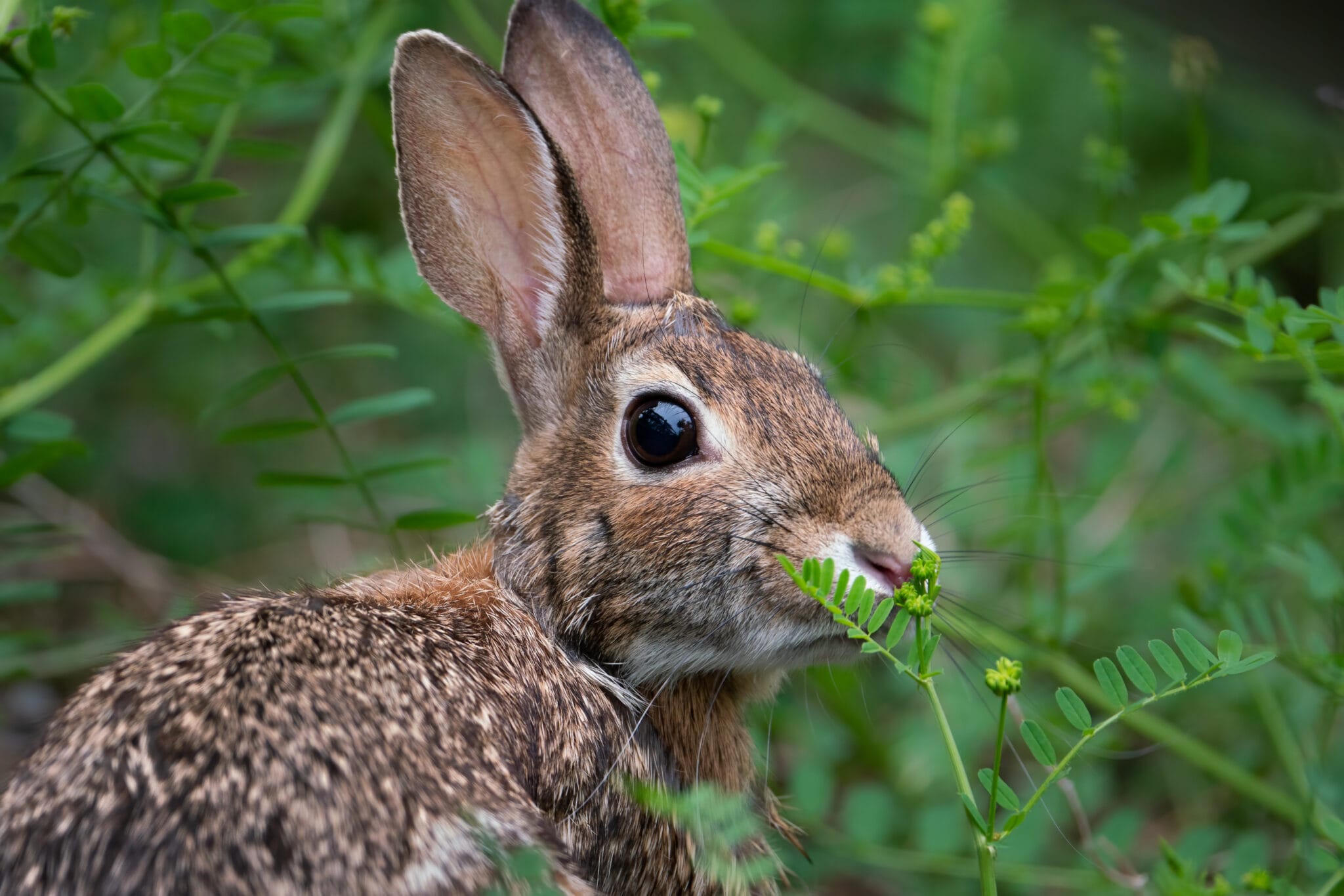


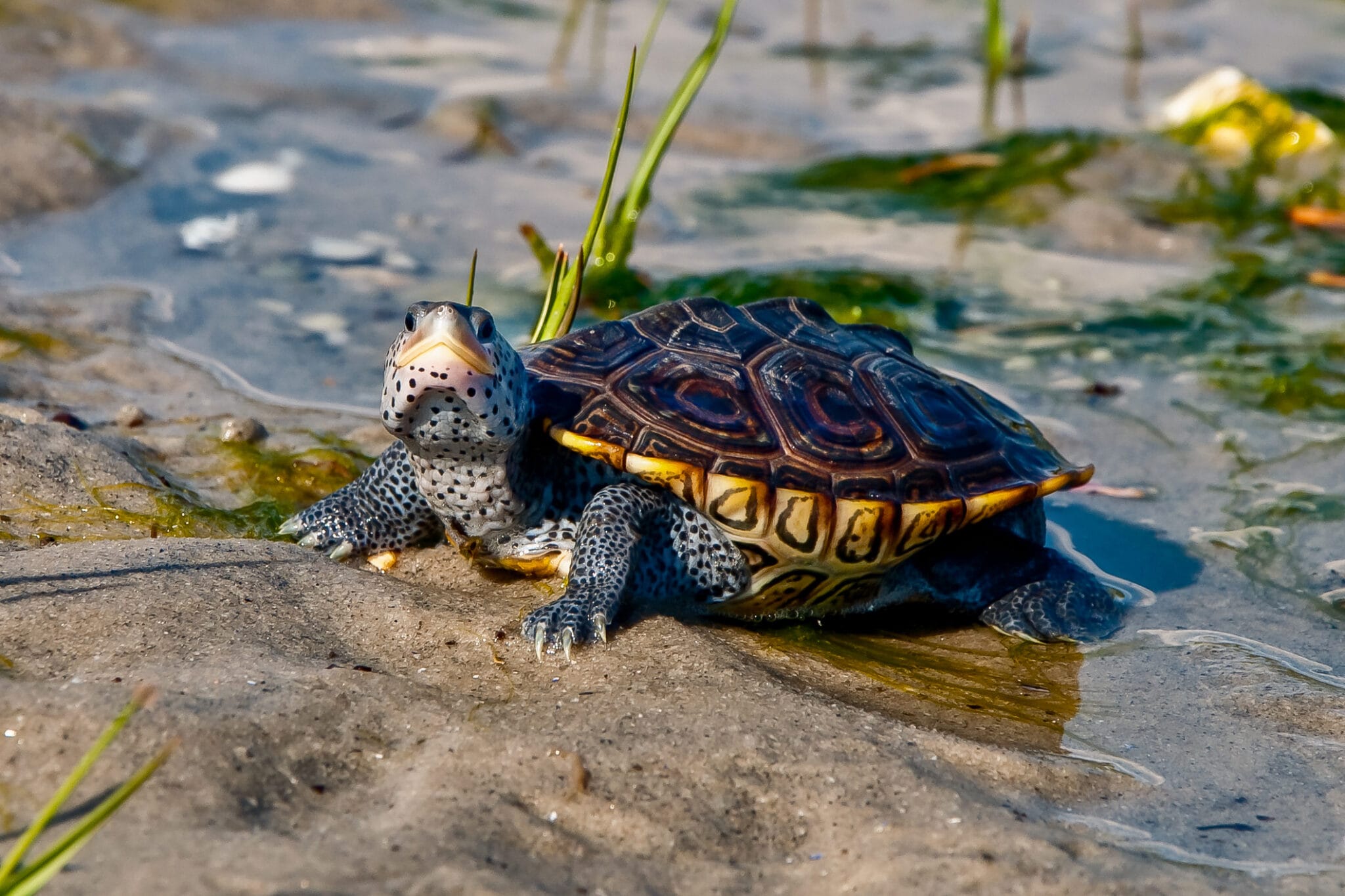
Learn more about Appalachian Cottontails (Sylvilagus obscurus)
- Maryland, Pennsylvania, Virginia, Kentucky, and West Virginia listed the Appalachian Cottontail as a ‘Species of Greatest Conservation Need’ as of 2015
- Appalachian cottontails have acute senses of smell, hearing, and sight
- Their diet consists of leaves, blackberry, greenbriar, mountain laurel; bark and twigs of trees such as red maple, aspen, and black cherry. They also consume fruits in their diet and act as seed dispersers
- The main threats to Appalachian cottontails are habitat destruction and fragmentation due to development; the lack of cover exposes the cottontail to predators, increasing the strain on the species
- Currently, this species is classified as Near Threatened (NT) on the IUCN Red List and its numbers today are decreasing
Learn more about American Goshawk (Accipiter gentilis atricapillus)
The American Goshawk (Accipiter gentilis atricapillus) is a large, powerful raptor and one of the most secretive forest-dwelling hawks in North America. In Maryland, the American Goshawk is considered a rare and irregular breeder, primarily found in the remote, forested regions of western Maryland. Its populations in the eastern United States have declined due to habitat loss, forest fragmentation, and potential impacts from climate change.
The American Goshawk measures approximately 20 to 26 inches in length, with a wingspan of 40 to 46 inches, and weighs between 1.4 and 2.6 pounds. Adults are characterized by their striking slate-gray plumage, bold white eyebrow stripe, and deep red eyes, while juveniles display brown streaked plumage. Goshawks are fierce and agile hunters, preying on a variety of birds and small mammals. In the wild, they can live up to 17 years, though the average lifespan is typically around 10 to 12 years.
Conservation efforts in Maryland and throughout the region focus on monitoring nesting populations and maintaining large tracts of mature forest habitat essential for breeding. On a broader scale, the U.S. Fish and Wildlife Service and state partners are collecting long-term data on population trends to better understand the species’ status and ensure the protection of its nesting and foraging grounds.
Learn more about Bottlenose Dolphins (Tursiops truncatus)
Dolphin sightings are common in the Chesapeake Bay. Every summer, Maryland’s Fish and Wildlife Health Program receives reports of bottlenose dolphins in the bay and its tributaries. They are typically seen from April-November in groups called pods.
Dolphins stick around as long as food sources are abundant and water temperatures remain warm. Sightings have been reported as far north as Kent County. Occasionally, they appear in the Severn River, as well as around Kent Island. Sightings north of the Bay Bridge do occur but are less common than those occurring farther south in Calvert, Dorchester, Somerset, St. Mary’s and Talbot counties. Sightings are the most common along the Atlantic Coast at Ocean City and Assateague Island National Seashore.
- Bottlenose dolphins are found in most warm and temperate oceans worldwide.
- They travel in pods of 2-15 animals, typically appearing in Maryland waters April-November. These dolphins are among the most commonly stranded marine mammals in our area.
- They are often seen at Assateague Island and Ocean City and commonly hunt in the Chesapeake Bay and its tributaries.
- Protection under the Marine Mammal Protection Act of 1972 identifies humans as their greatest threat and prevents any resulting future depletion.
- Bottlenose dolphins range in color from light gray to near-black with lighter coloration on their bellies.
- Adults range from 6-12.5 feet long and weigh up to 1,400 pounds.
- They can swim up to 22 miles per hour using their flukes.
- Prominent dorsal fins help researchers identify individuals.
- Distinct inshore and offshore populations exist—those inshore tend to be smaller and lighter. They use echolocation to find and capture their prey, which typically includes fish, invertebrates and squid.
- Dolphins are social animals and often forage cooperatively.
- Males generally live 40‐45 years, while females can surpass 50.
- Their only natural predators are orcas and sharks.
- Females give birth every 3‐6 years after 12 months of gestation.
- Calves feed on their mothers’ milk for 3‐5 years and can start eating small fish when they are about six months old.
- Proof that all mammals have hair, calves are born with whisker-like vibrissae on their snout that fall off shortly after birth.
Learn more about Diamondback Terrapins (Malaclemys terrapin)
The Diamondback Terrapin is the state reptile of Maryland and is the official mascot of the University of Maryland!
The Diamondback Terrapin have a distinct diamond-shaped, concentric ring pattern on the scutes of their shell. They are also quite picky about the body of water they call home, only habituating in unpolluted brackish water. This does however make them an indicator of healthy marsh and river systems.
Diamondback Terrapins are not immune to the population threats experienced by many of the species that call our watershed home. Their population has been decimated due to over-collection and commercial harvesting, as well as coastal development, nest predation by mammals and gulls, boat strikes, and sea level rise.
“Making a difference to the welfare of Animals doesn't require a massive effort; it requires small actions that can make a significant impact.”
--Paul Oxton
Donations to this fund are divided evenly between Bay restoration grants, provided by the Chesapeake Bay Trust, and rare species programs run by the Wildlife and Heritage Service at the Maryland Department of Natural Resources. Not only will your donation help the Bay, it is also tax deductible the following year!
If you are a Certified Public Accountant, then consider joining the “CPAs for a Healthy Bay” program led by the
Chesapeake Bay Trust (CBT).
"CPAs for a Healthy Bay” is a new program designed to encourage CPAs and other tax professionals to take a few simple steps to raise awareness of the urgent need to support the Chesapeake Bay and Endangered Species Fund around tax time.
Your Line 35 Donation works in hundreds of ways!
Chesapeake Bay education and restoration projects for students.
Stream cleanups and tree plantings by community volunteers.
Habitat research, protection and enhancement for threatened plants and animals.
Protection of Maryland's rare, threatened and endangered species.
Check line 35 on form 502

Some of the projects that your donation dollars help include:
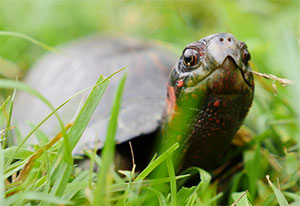
Conserving the Federally Threatened Bog turtle
One of the rarest and smallest turtles in North America, bog turtles live in freshwater bogs, fens, wet meadows, marshes, spring seeps and wet cow pastures in northern Maryland. DNR biologists provide technical assistance and help monitor populations of bog turtles throughout the state.
Photo: Stephen Badger

Initiating Conservation Actions for Rare Butterflies
Over 30 species of butterflies found in Maryland are considered to be rare, threatened or endangered. Tax check-off funds help DNR biologists monitor these species and assist with habitat restoration projects. Maryland’s state insect, the Baltimore Checkerspot, is one such butterfly that benefits from these funds.
Photo: Edwin Guevara
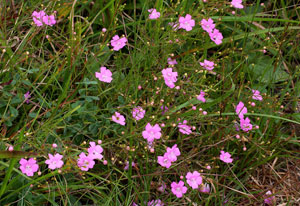
Restoring and Managing Sandplain gerardia Habitat
Sandplain gerardia is a Federally Endangered plant found in dry, sandy and nutrient poor soils. This tiny plant is extremely rare throughout the world, and it can be found in a few sites in Maryland. DNR biologists work to restore the sandy habitats where this species is found.
Photo: Azucena Ponce/USFWS
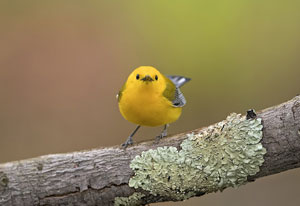
Assisting with Important Bird Areas Program
The Important Bird Areas Program is a global effort to identify and protect areas vital to birds and biodiversity. For this project, DNR staff have partnered with Maryland/DC Audubon staff to identify Important Bird Areas throughout Maryland. To date, 43 sites have been documented in Maryland.
Photo: Scott Suriano
For more information on the tax check-off program, please call:
The Chesapeake Bay Trust at 410-974-2941 or
The Department of Natural Resources at 410-260-8540
Help the Chesapeake Bay and Maryland Wildlife!